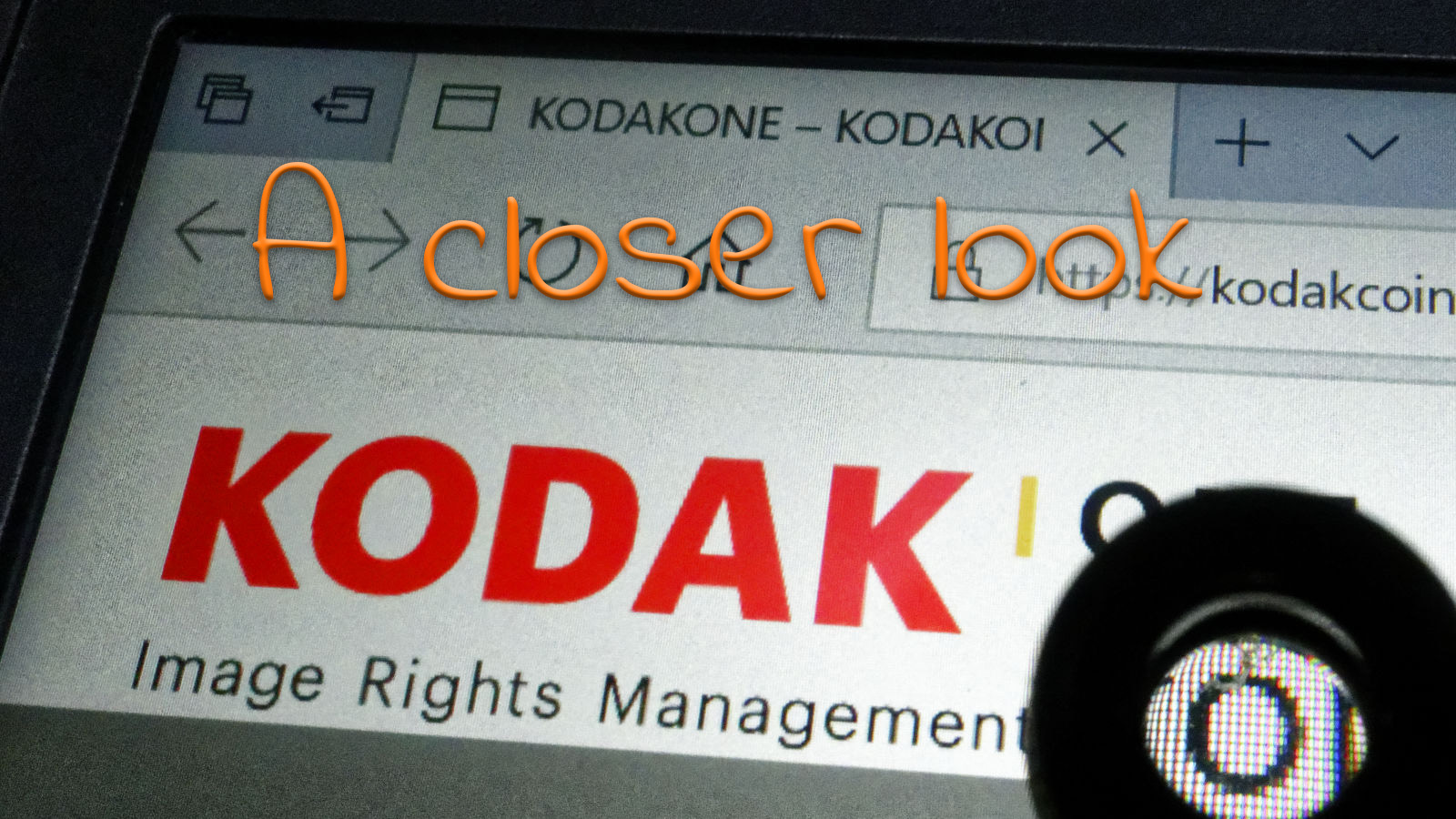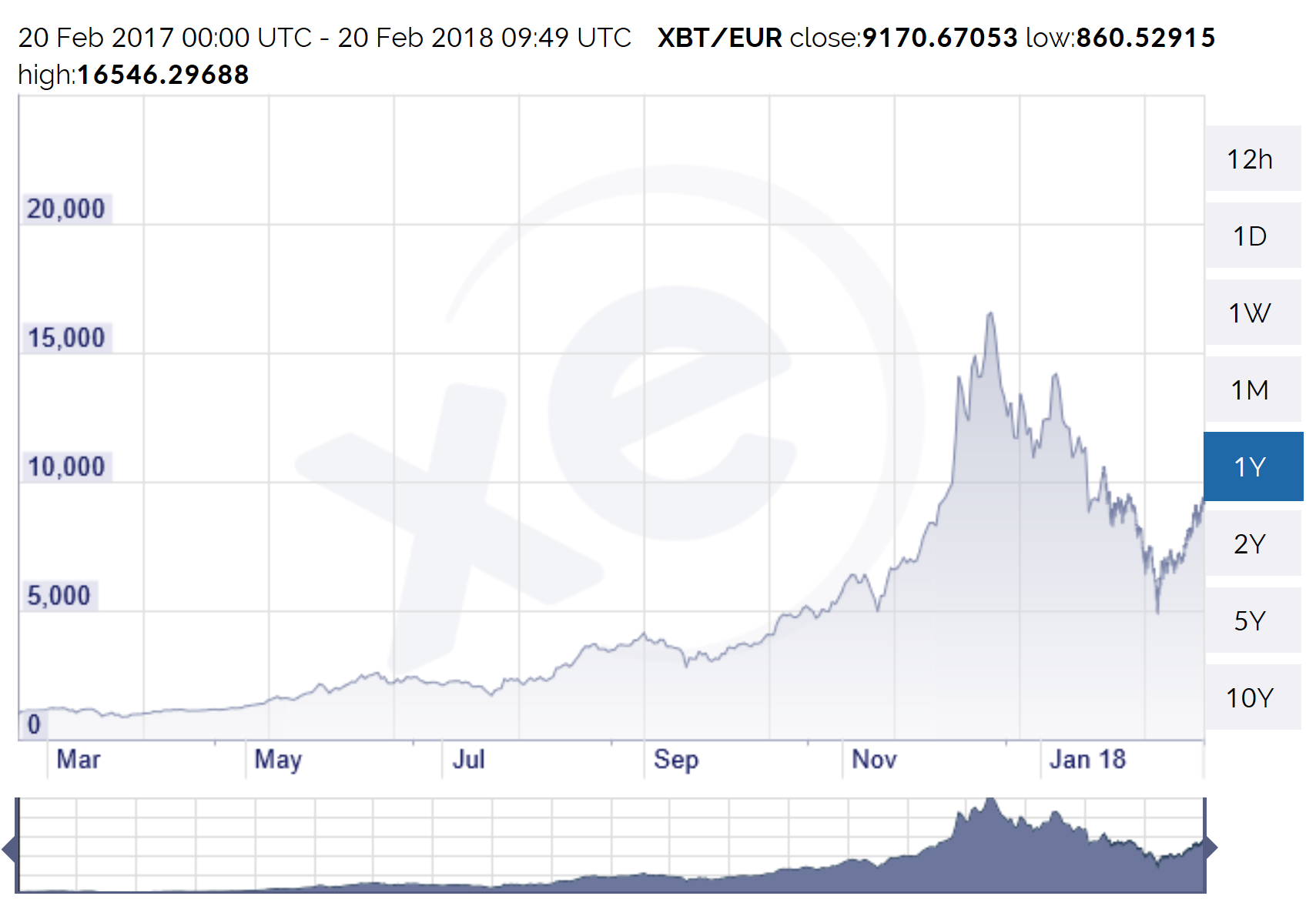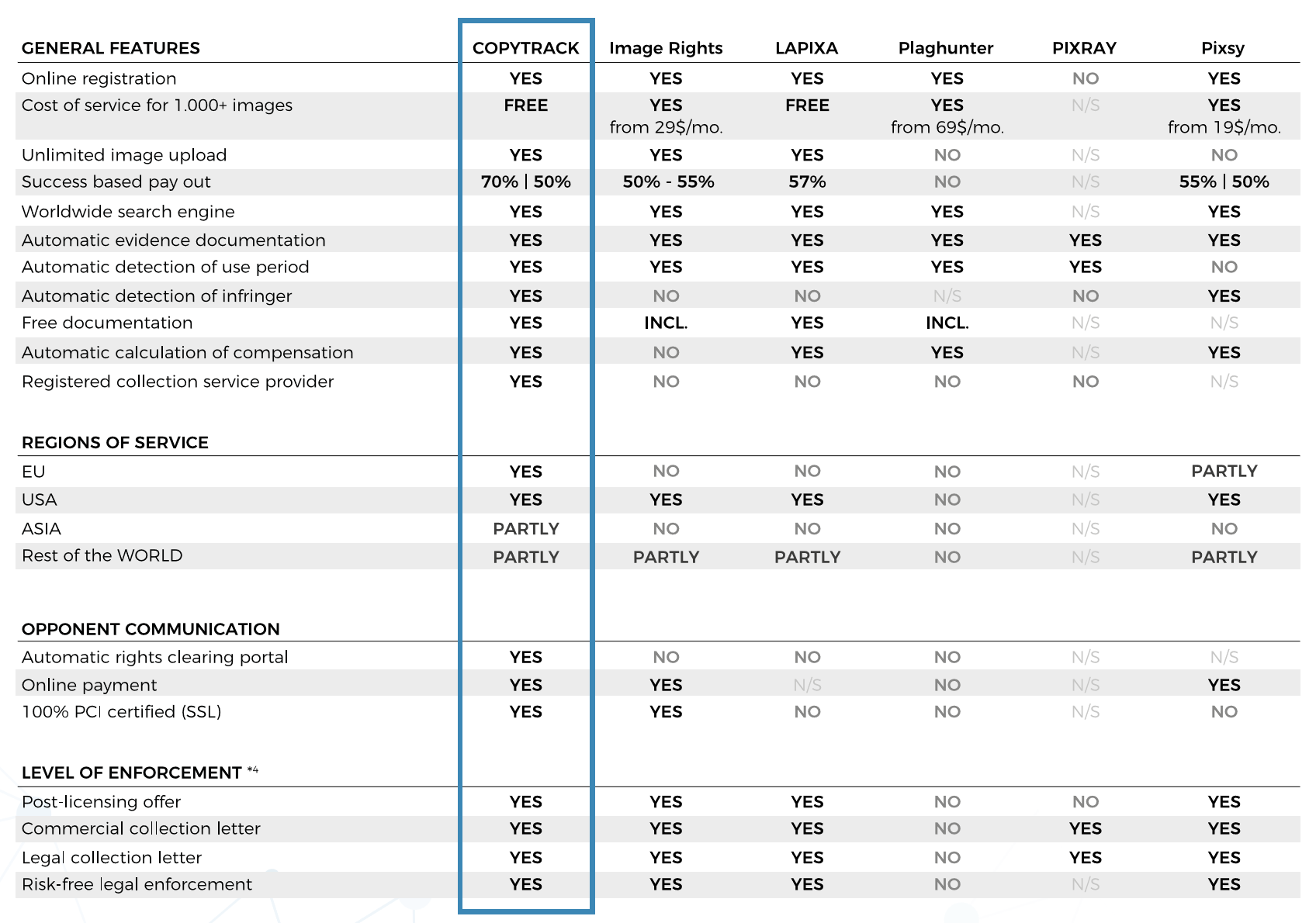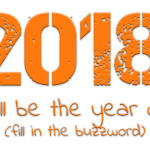
The launch of KODAKOne looks interesting: protecting the image rights for photographers makes sense in an era where photos are floating all over the place (i.e., the internet). And with buzzwords like blockchain and cryptocurrency, attention is guaranteed. But it also raises a number of questions. So let’s take a closer look.
CONTENTS: System Design | Image rights worldwide | Competitors | Criticisms about KODAKOne | The cryptocurrency bubble | Why is this important? | Updates
When I first read about KODAKOne, I wondered how the system is designed. The information on the website is very basic, more marketing than a technical description: “Registering your images using with (sic) the blockchain gives you immutable proof of ownership and enables you to take advantage of all the services on the KODAKOne platform, such as: image registration, rights management, transparent accounting, community marketplace, distribution platform, post-licensing (legal enforcement), image tracking and instant payment. (…) KODAKOne offers a simple, transparent blockchain-based worldwide royalty accounting, licensing and payment system via its smart contract features.”
Reading the description, this brings a few questions to mind. The most important one: if you register your images in that blockchain, will the image as such be part of the blockchain? Or will it be a reference to a file on an external system? And in that case: who runs that system? Is it tamper proof? Is there redundancy built into that system? Is it worldwide available? And who will host the blockchain: every photographer using the system or is this were the KODAKCoin miners come in?
Since the information on the website is very limited and there is no contact information, I will have to guess how it will work. I assume pictures are registered with the partner: “WENN Digital will provide digital asset management and protection under the Kodak brand for photographers and image-related IP holders worldwide, utilizing blockchain technology and the KODAKOne platform.” So, I guess the image itself resides in the WENN Digital digital asset management system (DAM), with only a reference in the blockchain. Putting the complete pictures in the blockchain would lead to a gigantic blockchain, even after a few months of use.
In a YouTube video I found some more information about the timeline of KODAKOne (not the KODAKCoin cryptocurrency, that has a different timeline): the services should be up and running for a closed beta for agencies by the end of 2018, with the broad start of the platform somewhere ‘beginning 2019’. So that’s in about a year.
Image rights worldwide
While doing my research, I came across a very interesting article from The Copyright Zone. They take a look at KODAKOne and all other kinds of image protection services, I really recommend you to read it (after finishing this article of course).
And it’s complicated… Although there is a World Intellectual Property Organization (WIPO), copyright laws can be different from country to country. E.g., in the USA your copyright claims are only valid if your image was registered with the Copyright Office in Washington DC. So, let’s suppose you’re a European photographer who isn’t aware of this and you want to claim your rights when an American newspaper published your photo, you’re in troubles: your claim is invalid. If you use a service like KODAKOne, you need to be sure that they comply with this kind of rules in all countries…
Competitors
KODAKOne isn’t the only ‘copyright clearance center’. There are a number of them and some of them also launched a blockchain initiative… Below is a nice overview of the most important players and their services. The overview was made by Copytrack, who also has a nice whitepaper showing how copyright clearance works.
Criticisms about KODAKOne
Over the past few weeks, there have been lots of criticisms about KODAKOne, even some quite juicy rumors. The lack of transparency where KODAKOne and KODAKCoin came from, is one of them. This article goes into that. And that article also makes an important point: the licensing of the KODAK brand. It seems that KODAK is licensing its brand name to all kinds of parties.
In this recent interview, the WENN Digital CEO responds to some of these criticisms.
The cryptocurrency bubble
KODAKCoin isn’t the only new cryptocurrency, it seems that everybody wants their own these days. At this moment already over 1500 cryptocurrencies are being traded. For some it might look interesting, but we need to do a reality check: does this make sense? I don’t think so. Next to easy exchange of value between parties, one of the primary properties of currency is stability. And that is completely lacking with cryptocurrencies. It is not based on any commodity (like gold or silver), it is not regulated by any government, making it a very interesting pray for speculation. Just look at the exchange rate for Bitcoin over the past year… The lowest exchange rate was 860,52915 euro/bitcoin, the highest 16546,29688. That’s almost a factor of 20 increase. In a one-year period. That is pure speculation.

Why is this important?
Protecting your intellectual property is important. From that point of view, the launch of KODAKOne looks interesting. But protecting your images is rather complicated and KODAKOne is certainly not the first and only one to provide this kind of services.
And I can’t help it, but I get the impression that it’s more about the cryptocurrency craze than about image rights… I hope the future will prove me wrong on this, but I’m not confident that it will.
PS: here is a good overview of international copyright basics. And here is my look at the blockchain and the opportunities for printing, publishing and packaging.
UPDATE 12/03/2018: KODAKOne has – finally – published their ‘light paper’ with a bit more information. Mainly more information about the KODAKCoins… There is very little new info about the KODAKOne system, expect a new platform launch date: June 2019. You can download the light paper here.
UPDATE 16/03/2018: the blockchain is not a secure as most people think. Here is an interesting article about the possible vulnerabilities.






Be the first to comment